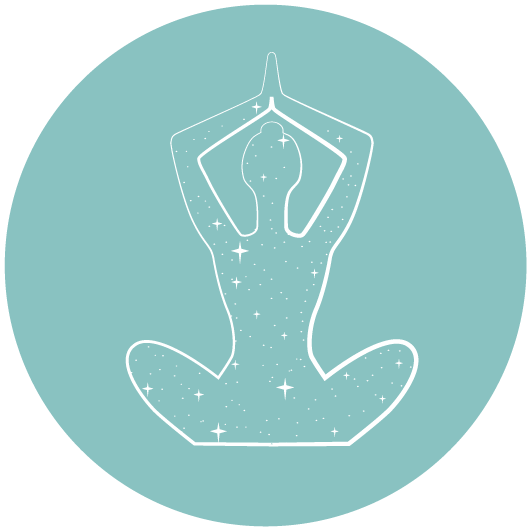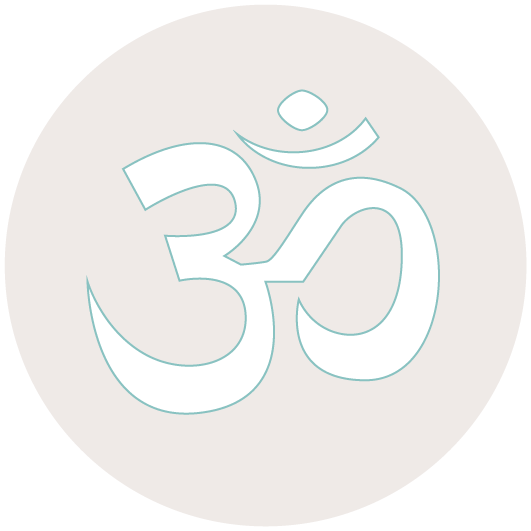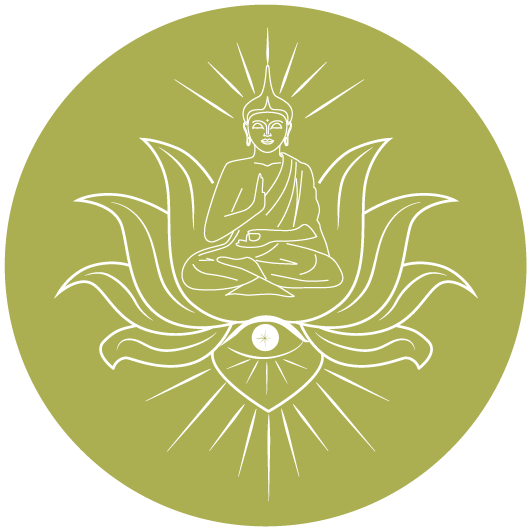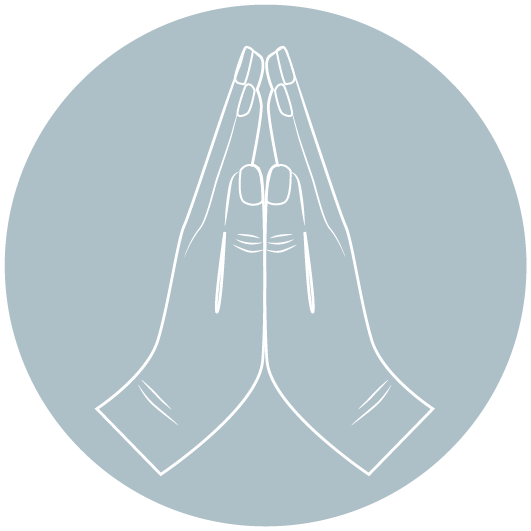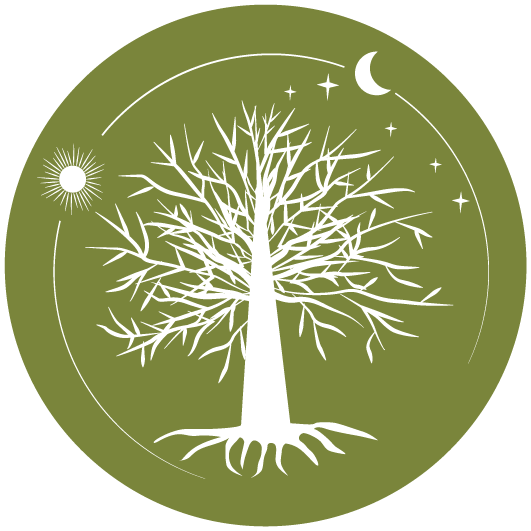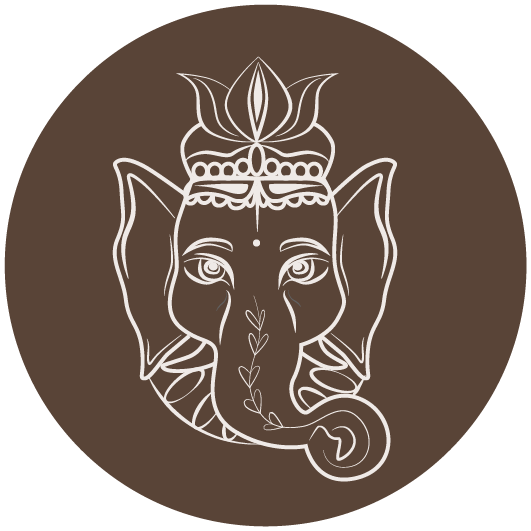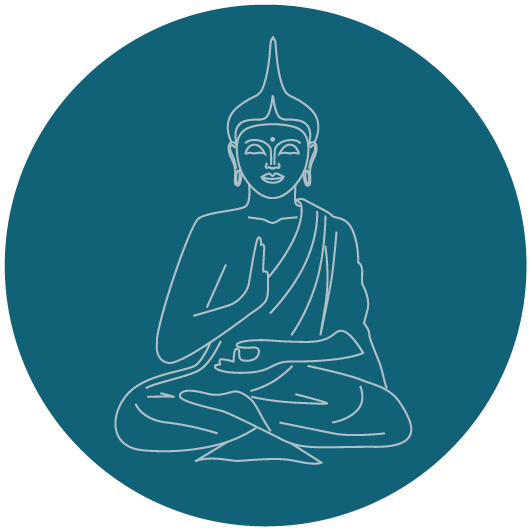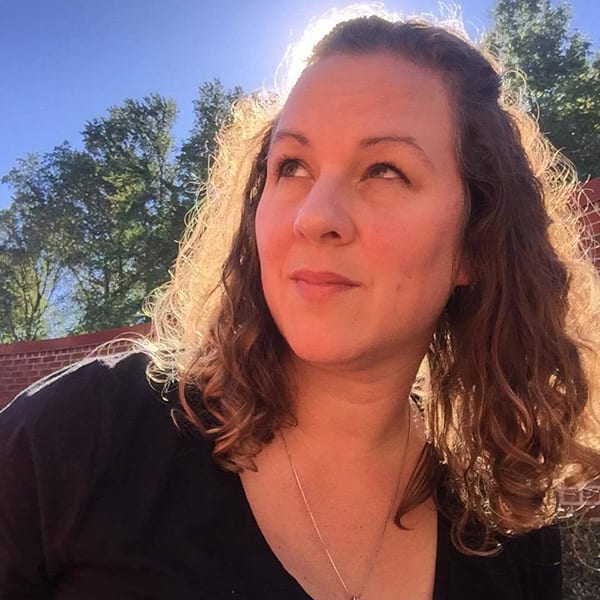When you first came to yoga, what did you hope to learn or gain? What were you seeking? Maybe it was to be more flexible? To touch your toes? Maybe you wanted to let go of some stress and gain a sense of calm? When I first stepped onto my bright purple mat, it was simply a way to spend time with friends. I never realized that each time tadasana or Anjali mudra would bring about a lesson.
My first once-a-week class brought my friends and I together from across Northern Virginia. I taught us that it was okay to let things stay outside of the studio door – for at least an hour. We learned that it’s okay to laugh in a yoga class. Each time that we brought our hands together in Anjali mudra for our final “Om” of class, we learned just how connected we were to ourselves and our practice.
In the years since those first classes, my practice has changed, the studios have changed. I’ve gone from only doing hard core heated classes to relishing the release of slow flow and yin class. I’ve learned how to breathe in more ways than any non-yogi can imagine, and I know that there is supreme power in yoga gang signs (ahem… yoga mudras, but that’s another post). Yet – I’ve found that the lessons that have stuck with me the most are the ones that I’m able to take with me off the mat; or better yet, they’re the lessons that knock me off my mat.
One of the first things that we’re taught in teacher training is about the yamas and the niyamas. When working with children, I often explain these as yoga’s Golden Rules. The first yama is Ahimsa, which loosely translates into “do no harm”. That’s easy, right? We aren’t likely to go around hitting people with our yoga mats. Dig a little deeper and “Ahimsa” means to cause the least harm possible. Dig even deeper and it means universal love and compassion. This is a lesson about more than just not hitting people with our yoga mats. Can we take that lesson of universal love and compassion and apply it within?
When I was asked to write a piece for the “Teacher Feature”, we talked about yoga and running. I even considered doing a piece on my love of yoga mudras. And then I fell while running a trail race. A broken wrist and shiny concussion later; I was on complete bed rest. The simple act of thinking, of writing, could cause harm. Brain rest is hard. And yet, that notion of Ahimsa kept coming back to me. I am reminded to find compassion for myself and my injuries to aid in healing. To do the least amount of harm, I have learned to embrace the softness around me and to take each day with grace. I may have come to yoga to spend time with friends but the greatest lesson that I’ve learned is how to spend time with myself.
Connection Meditation
Sit comfortably and bring your hands to your heart. Let your right hand lest over your heart, left hand over the right. Say to yourself: I am whole. I am connected.
Make “peace sign” fingers with each hand and allow those fingers to connect to the earth beside you. This is Bhu Mudra – a connecting and grounding mudra. Say to yourself: I am whole. I am connected.
Hold your hands out in front of you, flexing the hands as if you’re making a “stop” sign. Say to yourself: I am whole. We are all connected.

